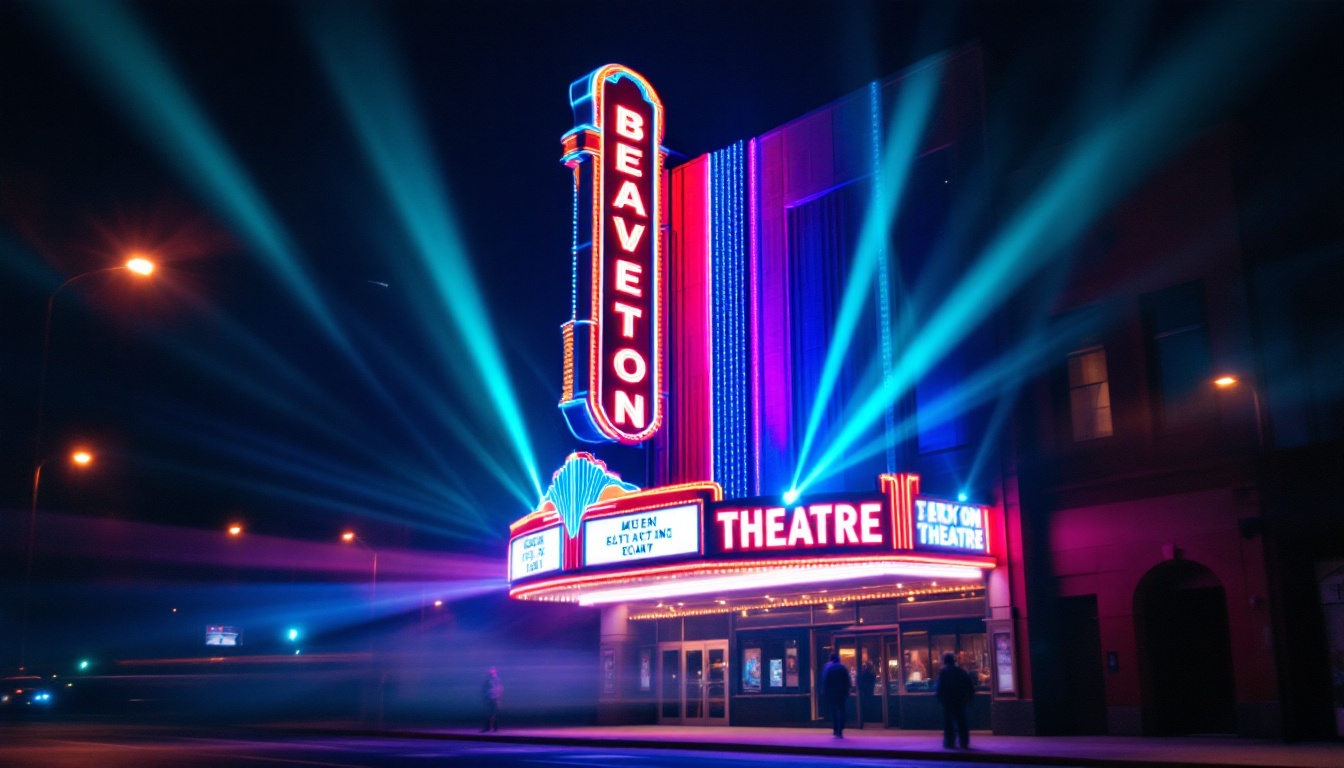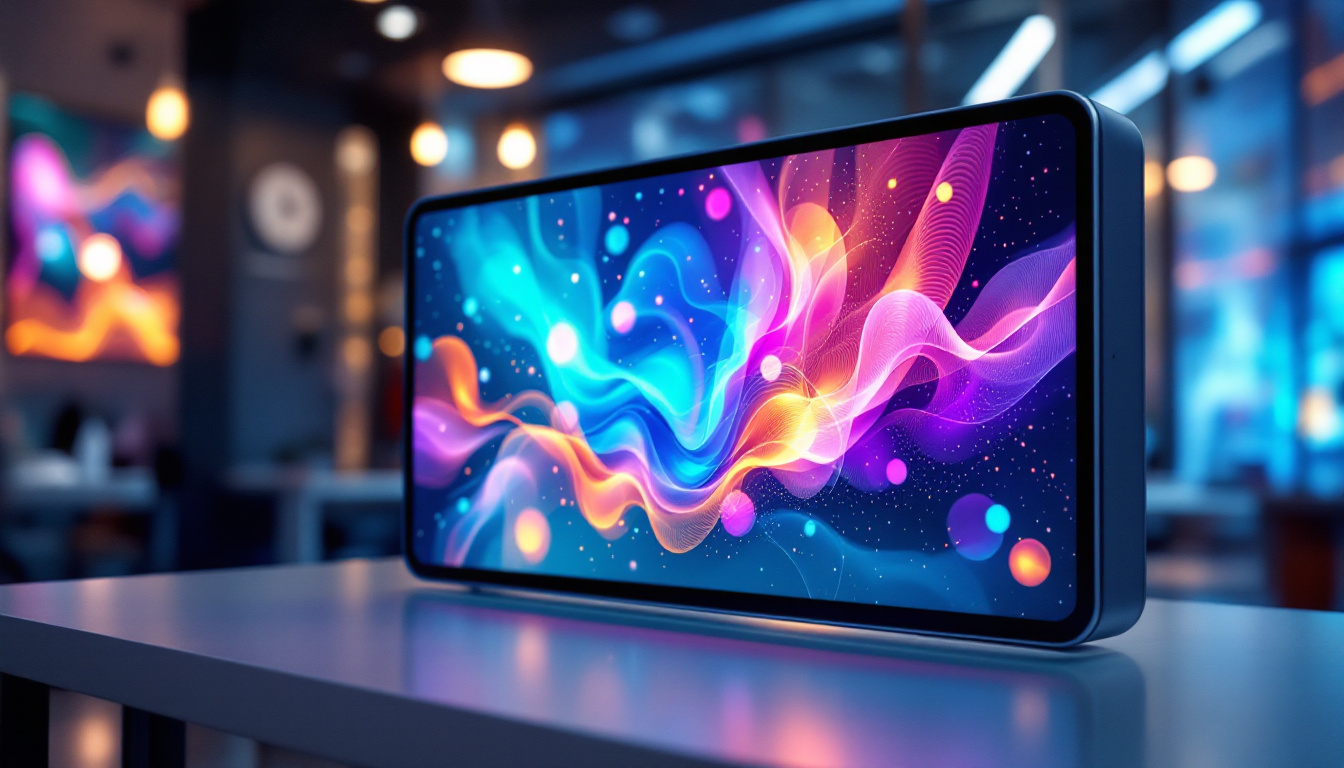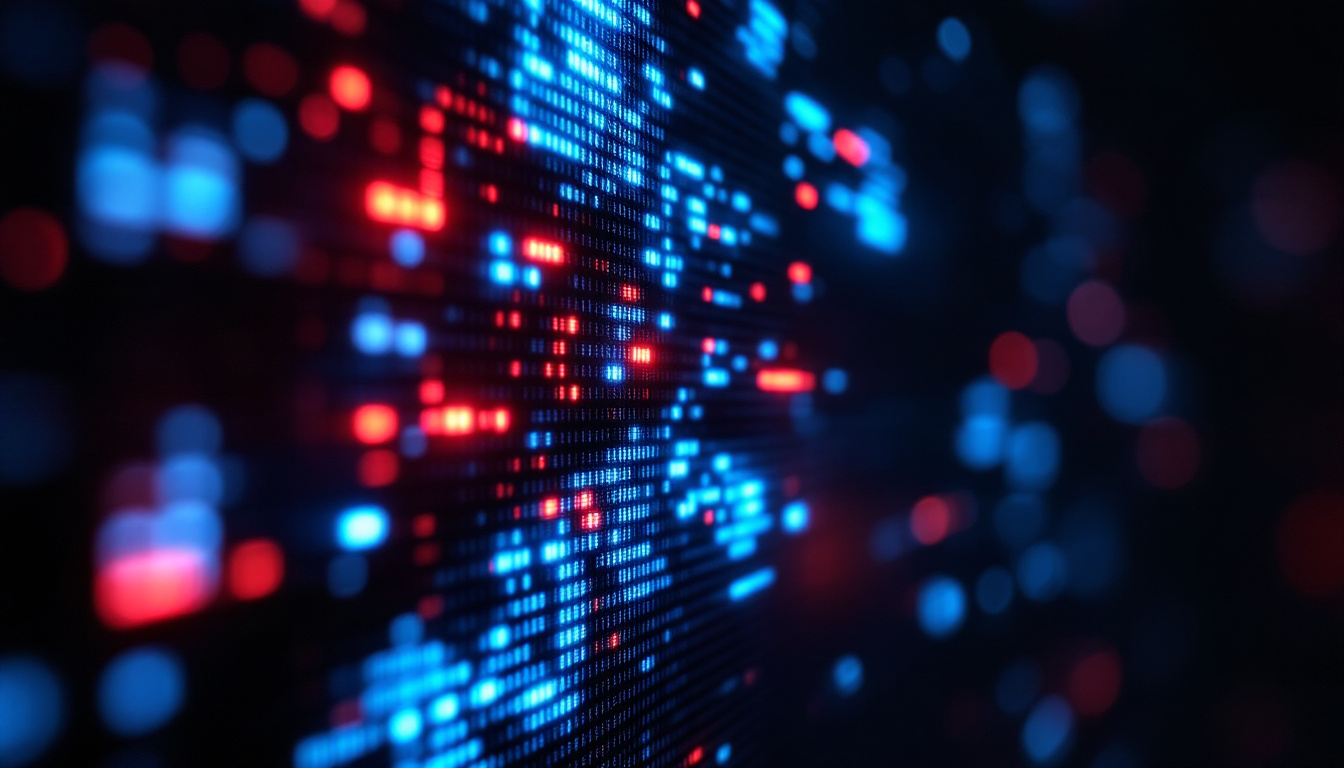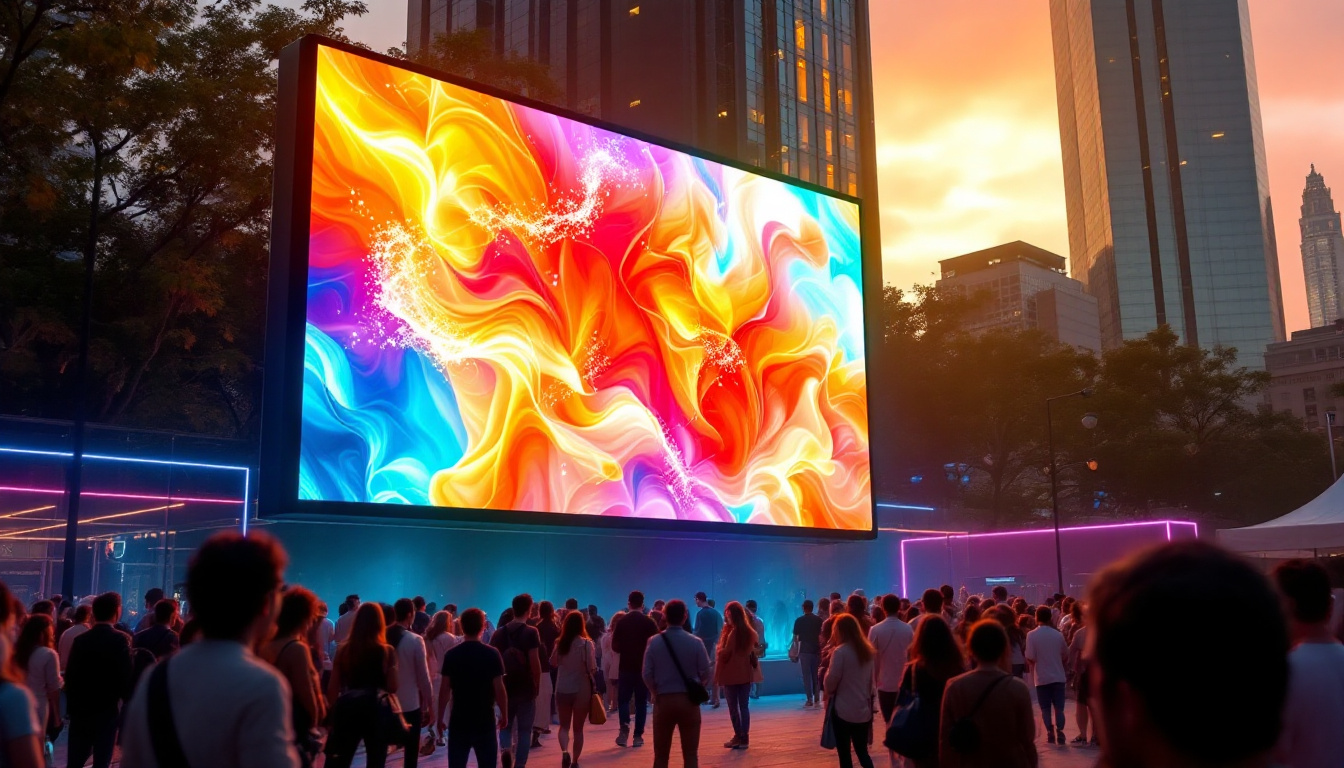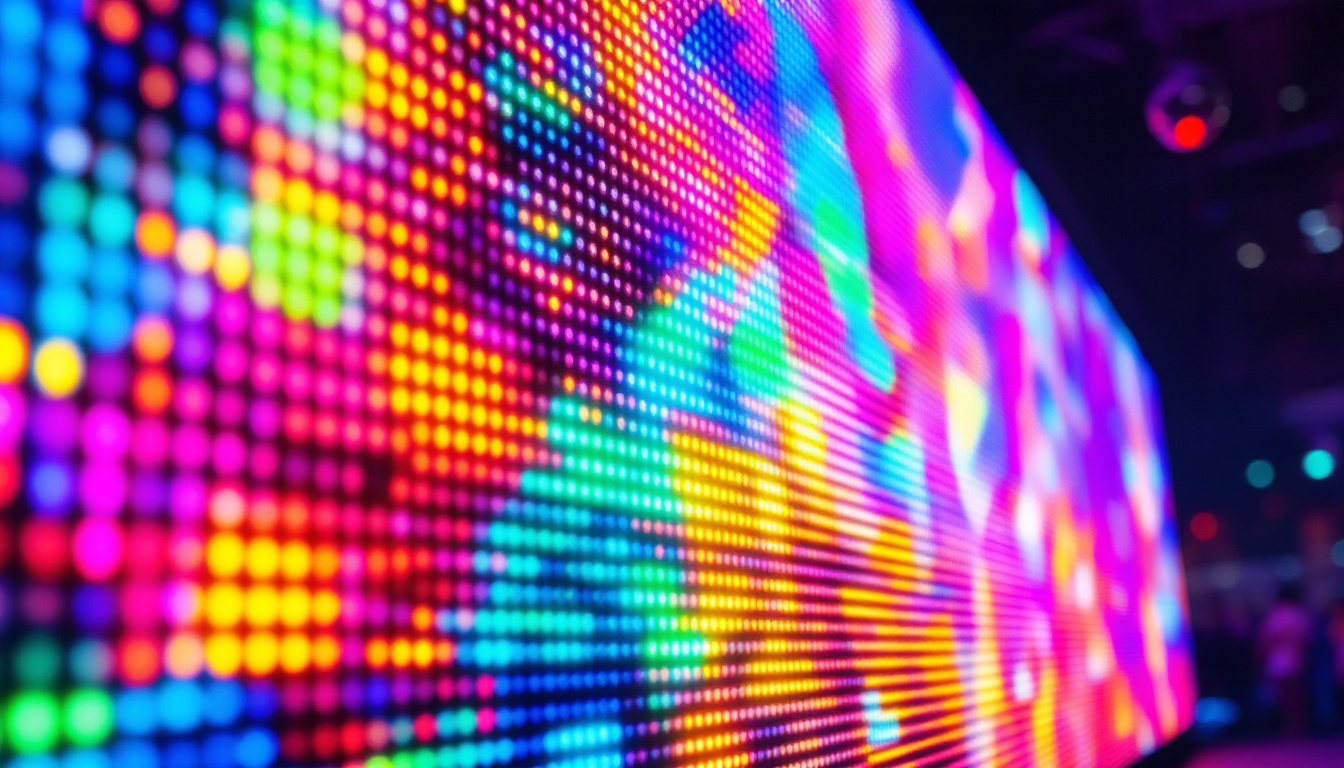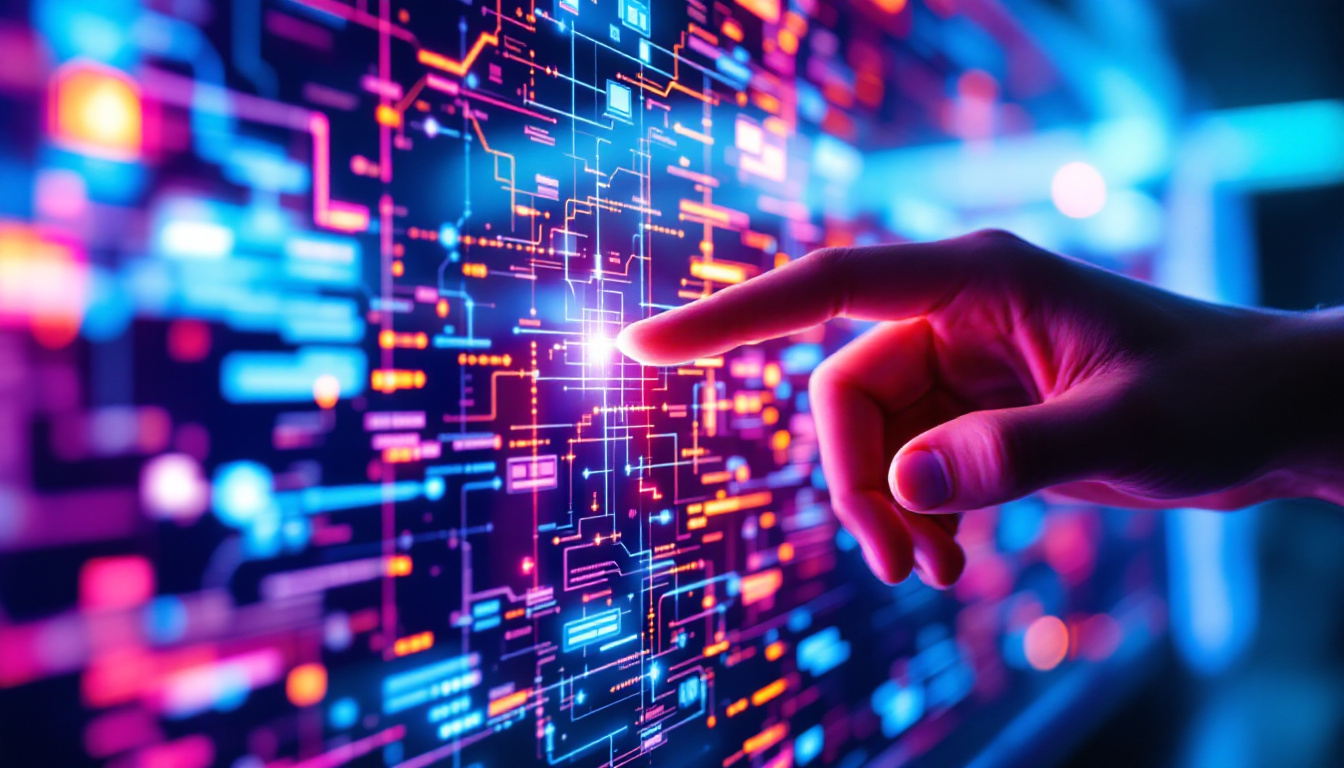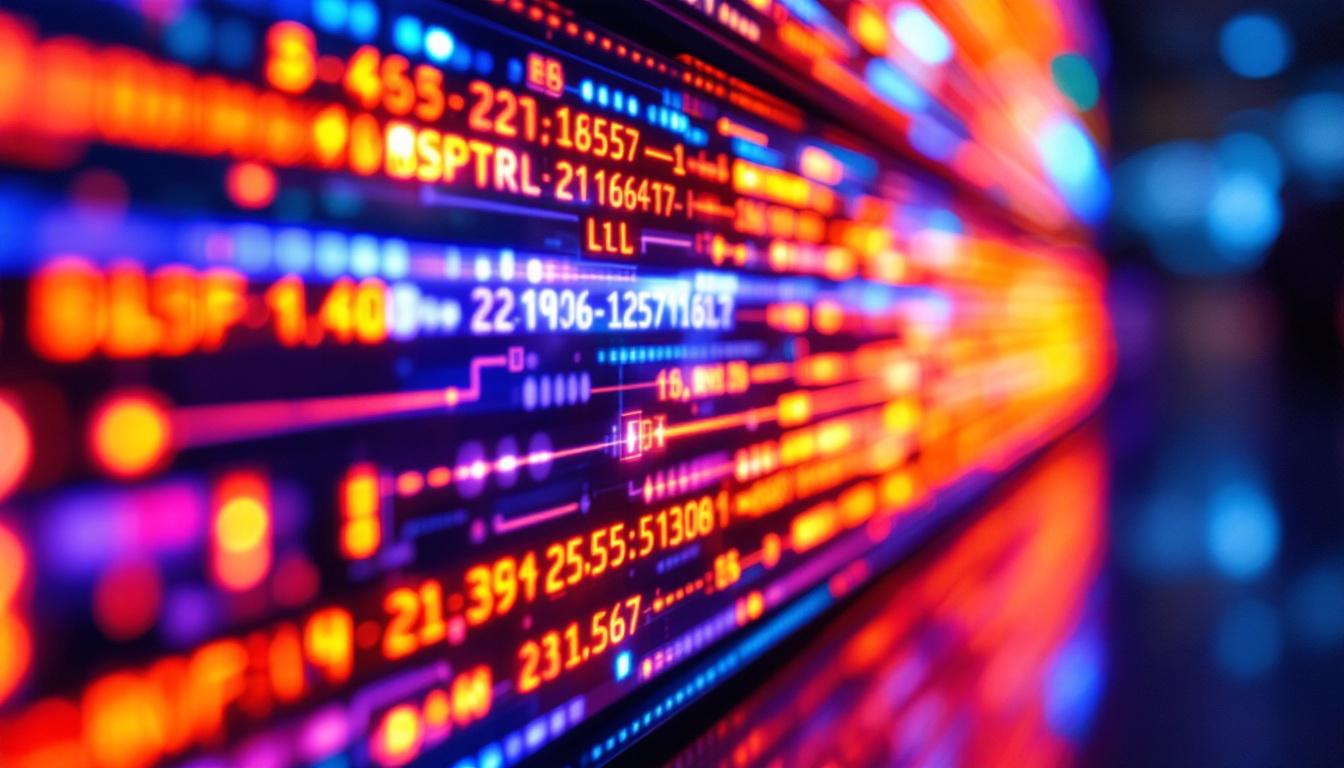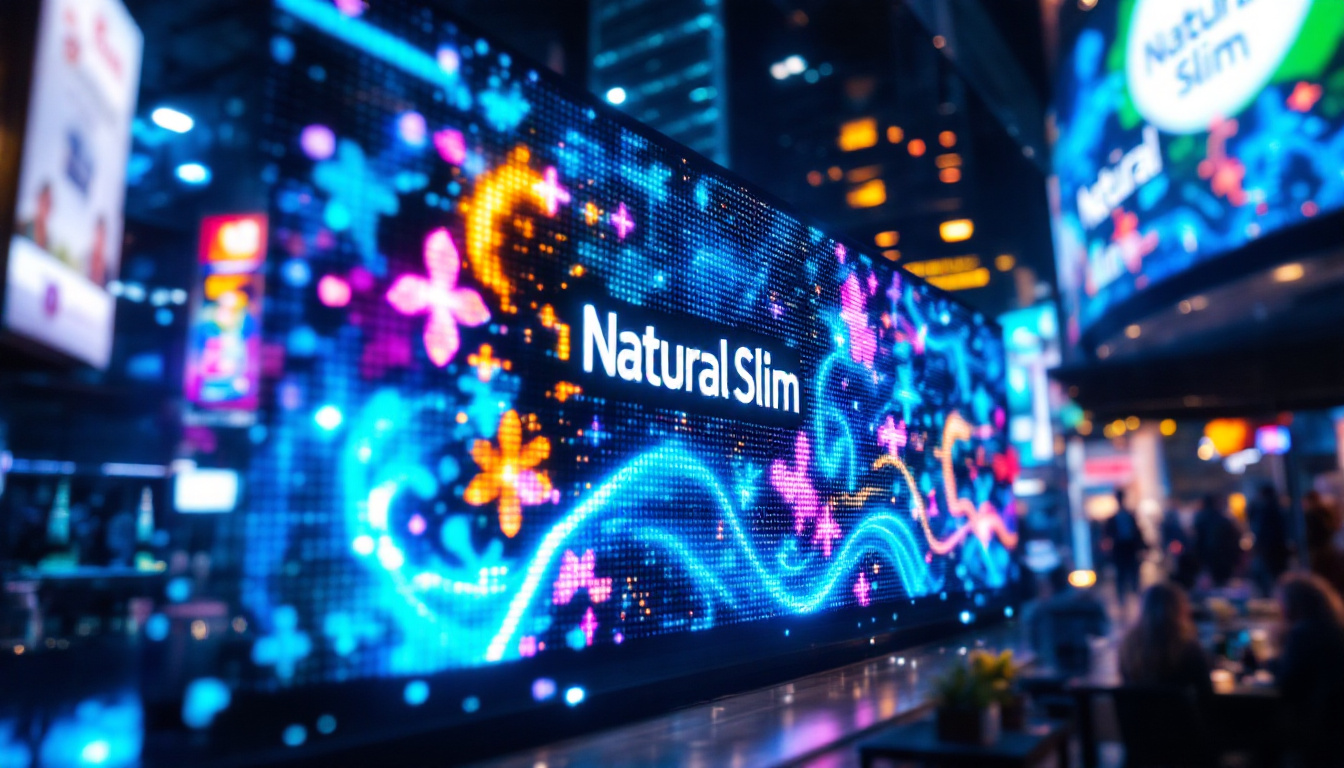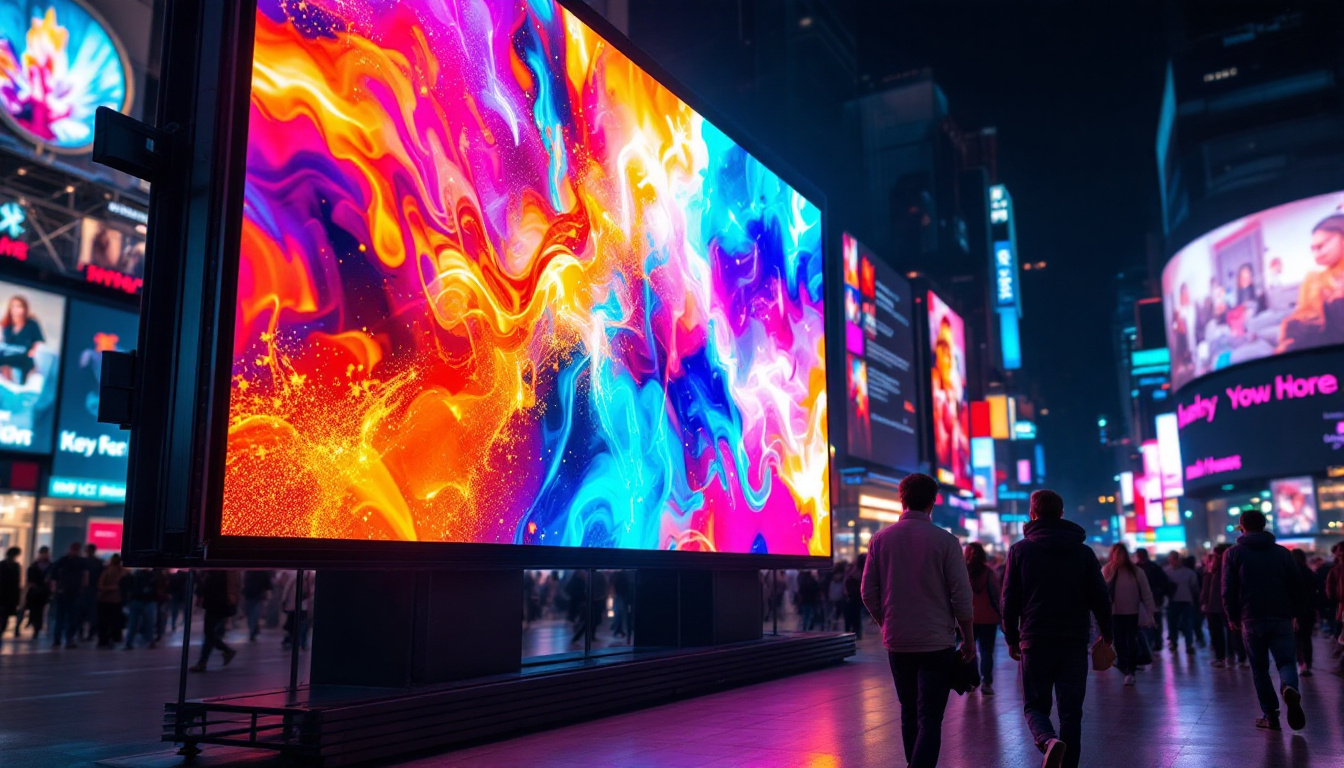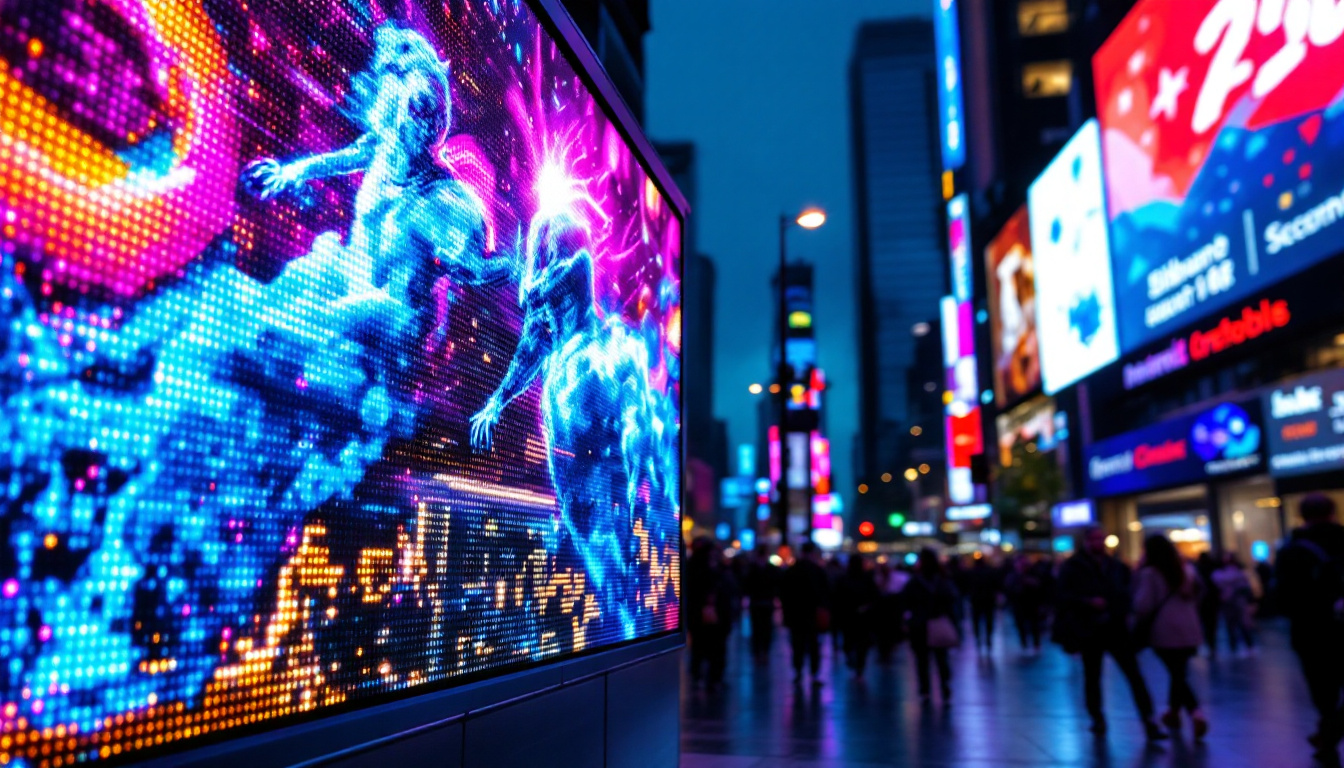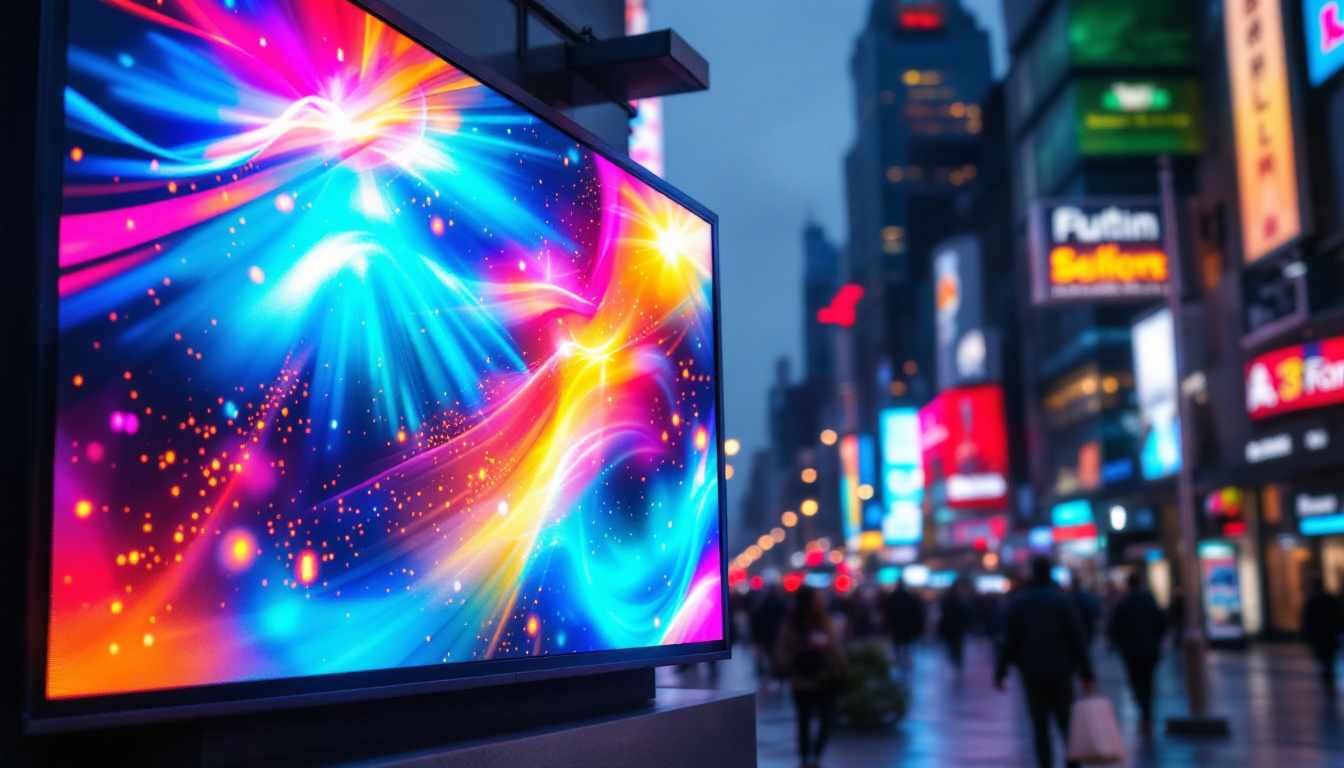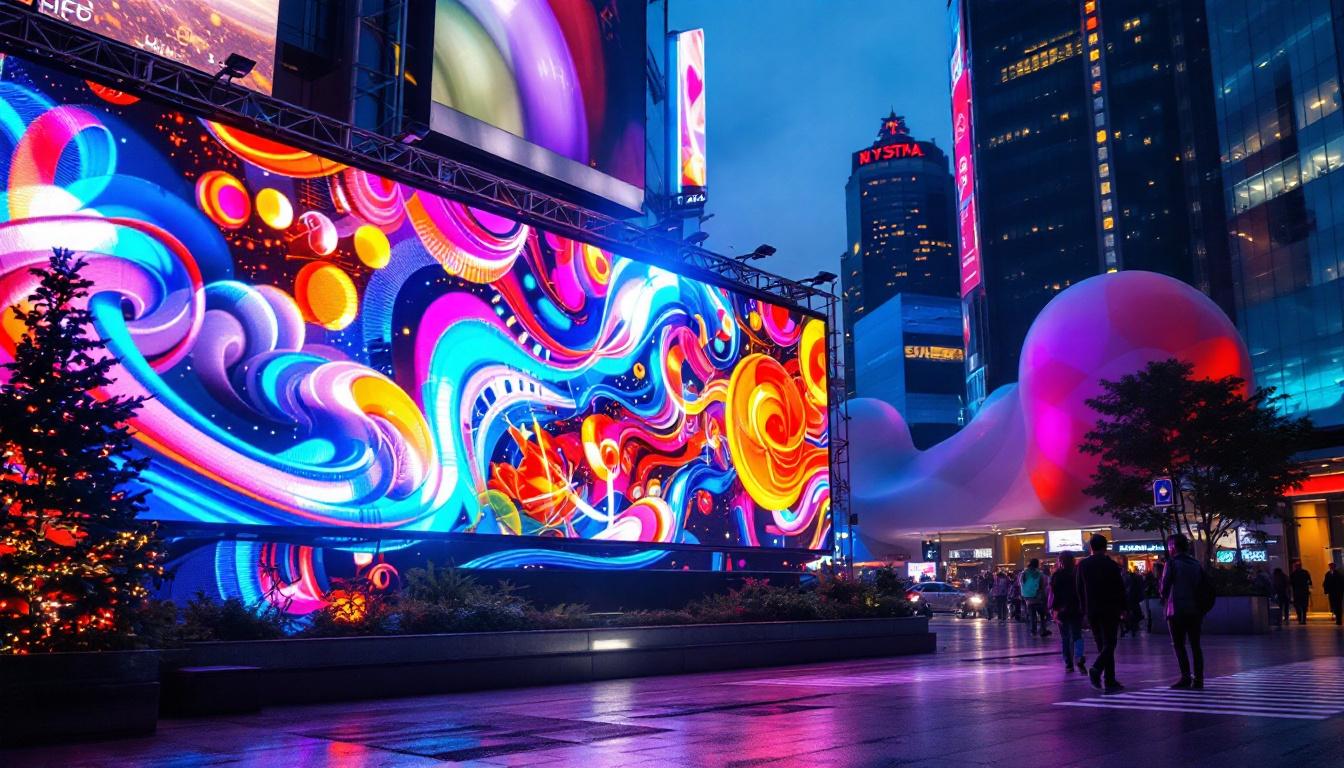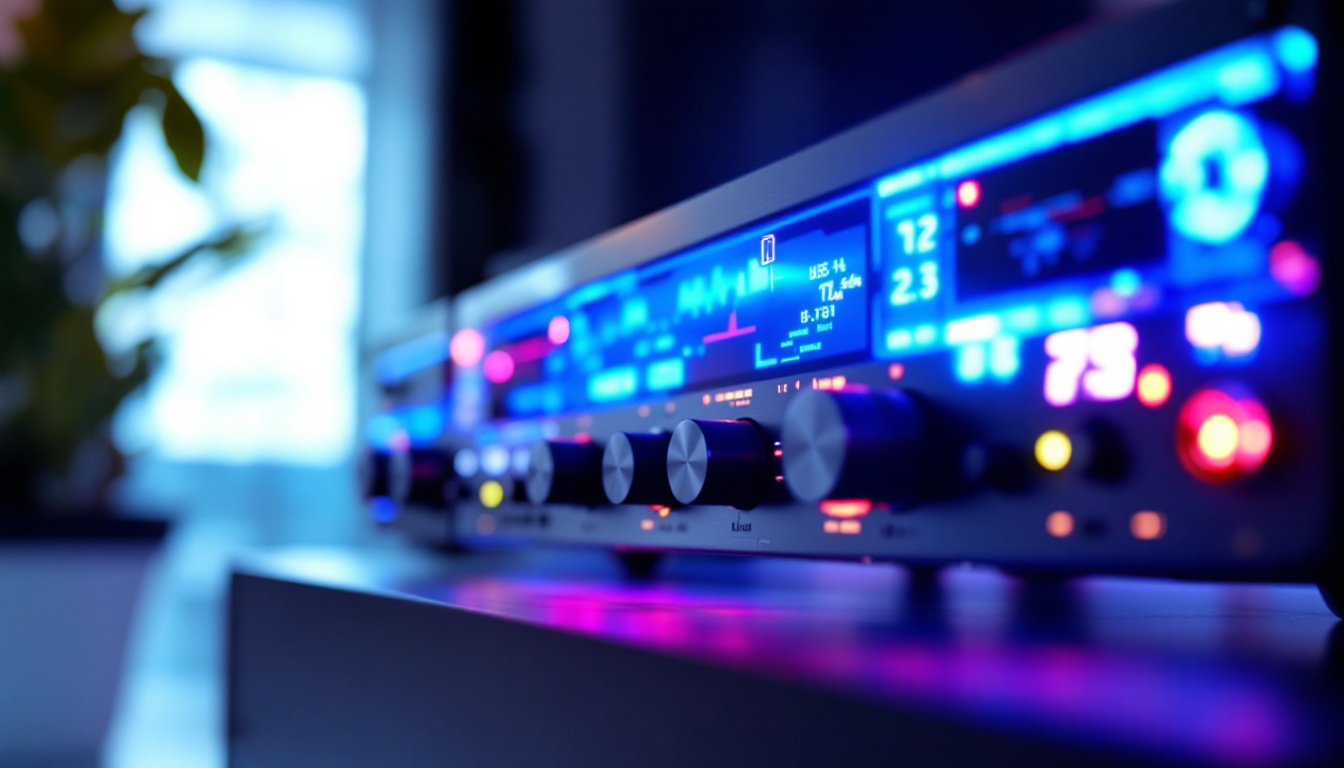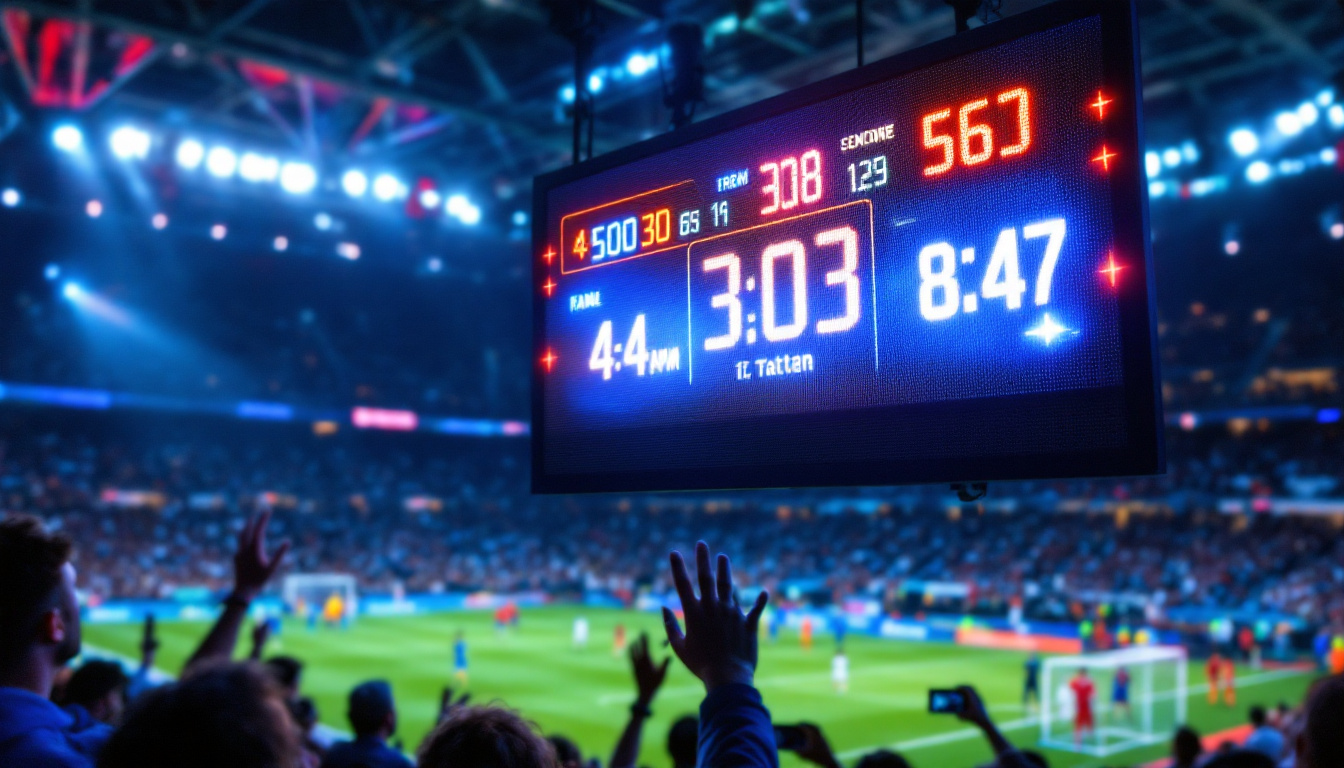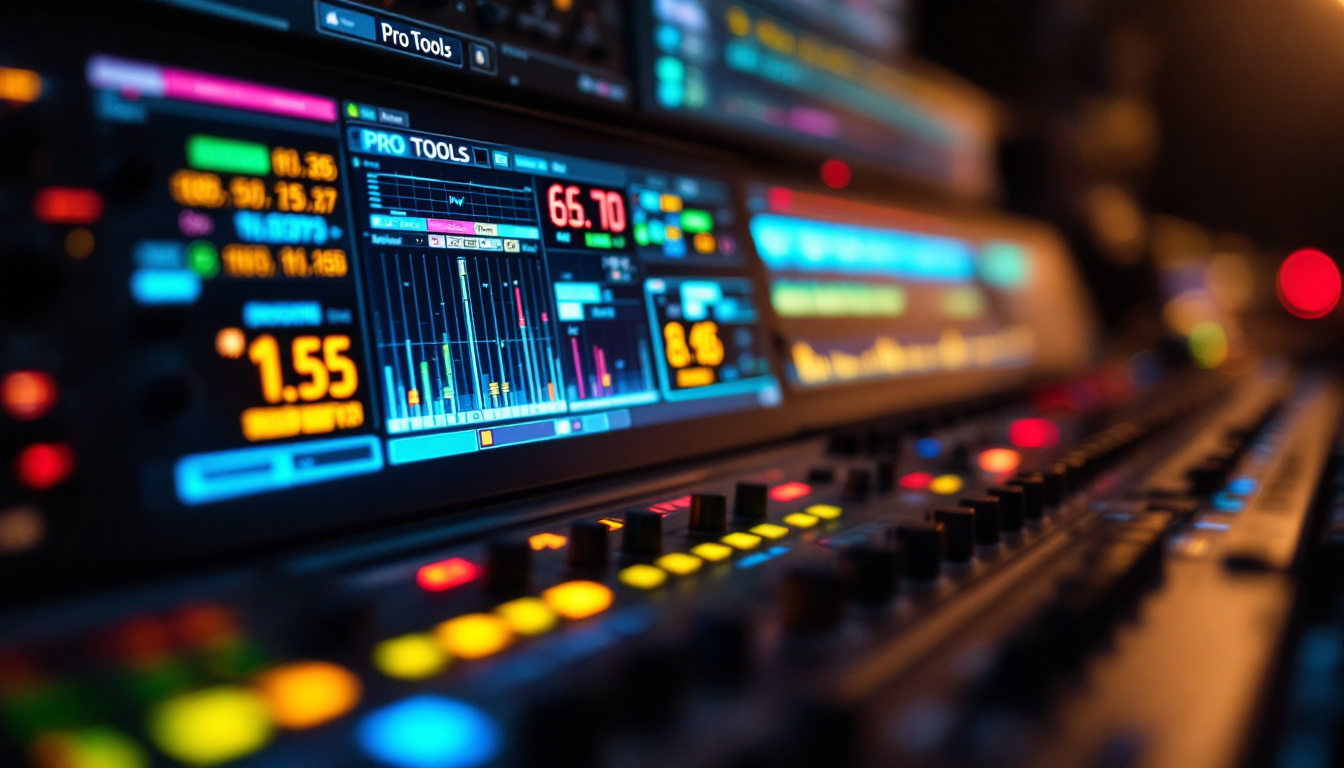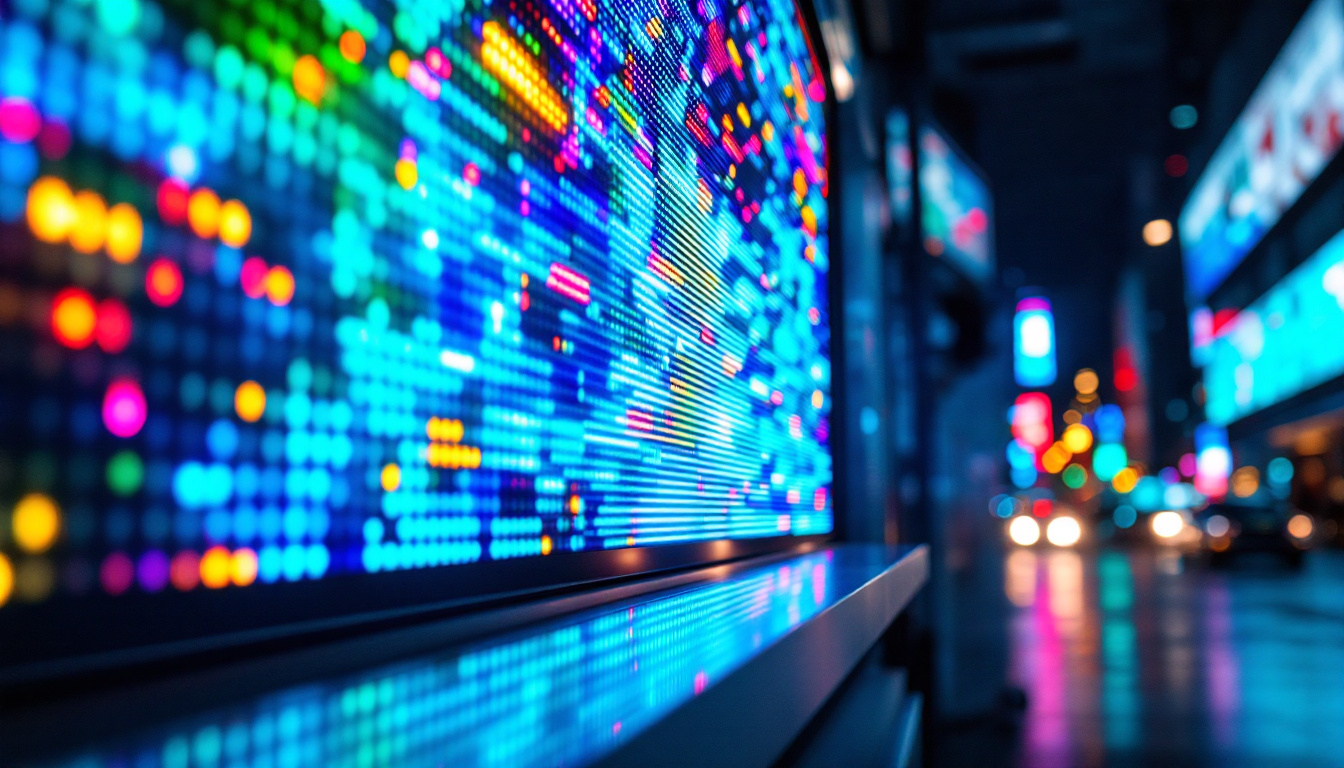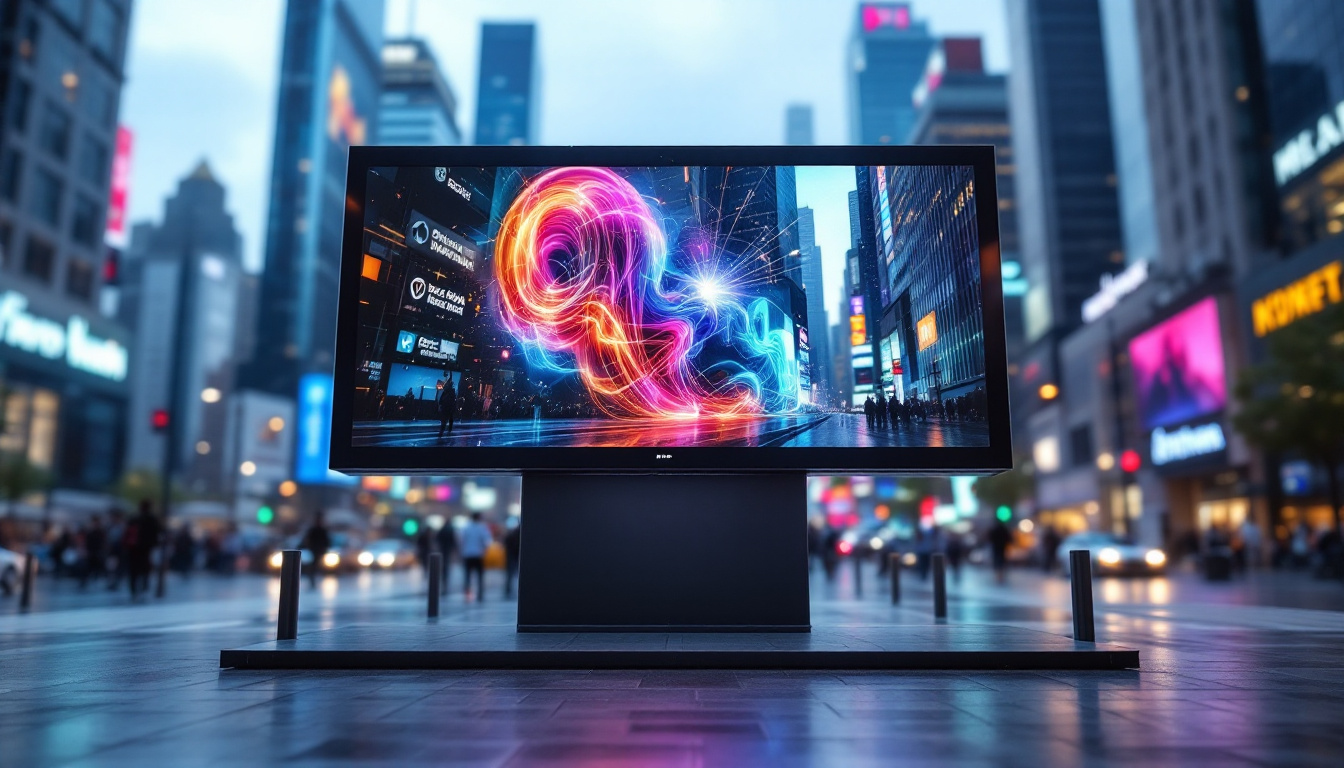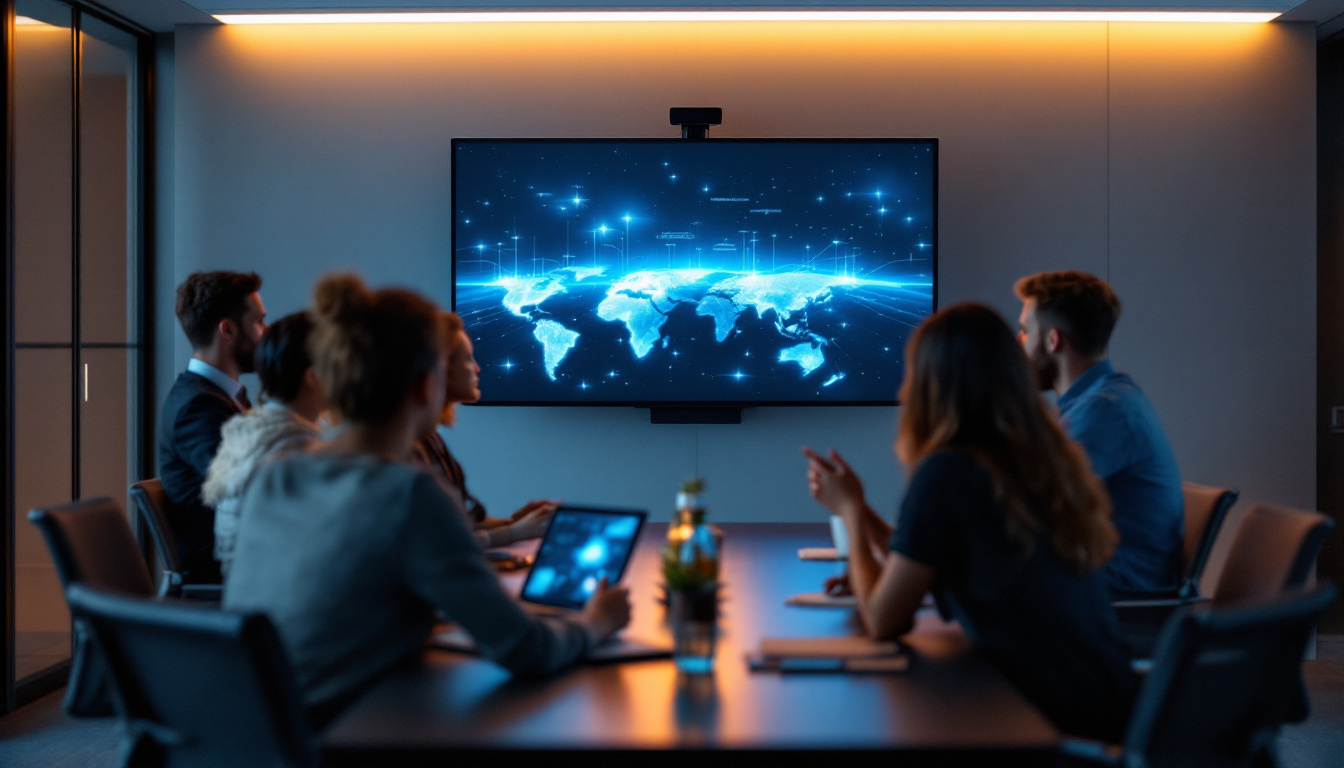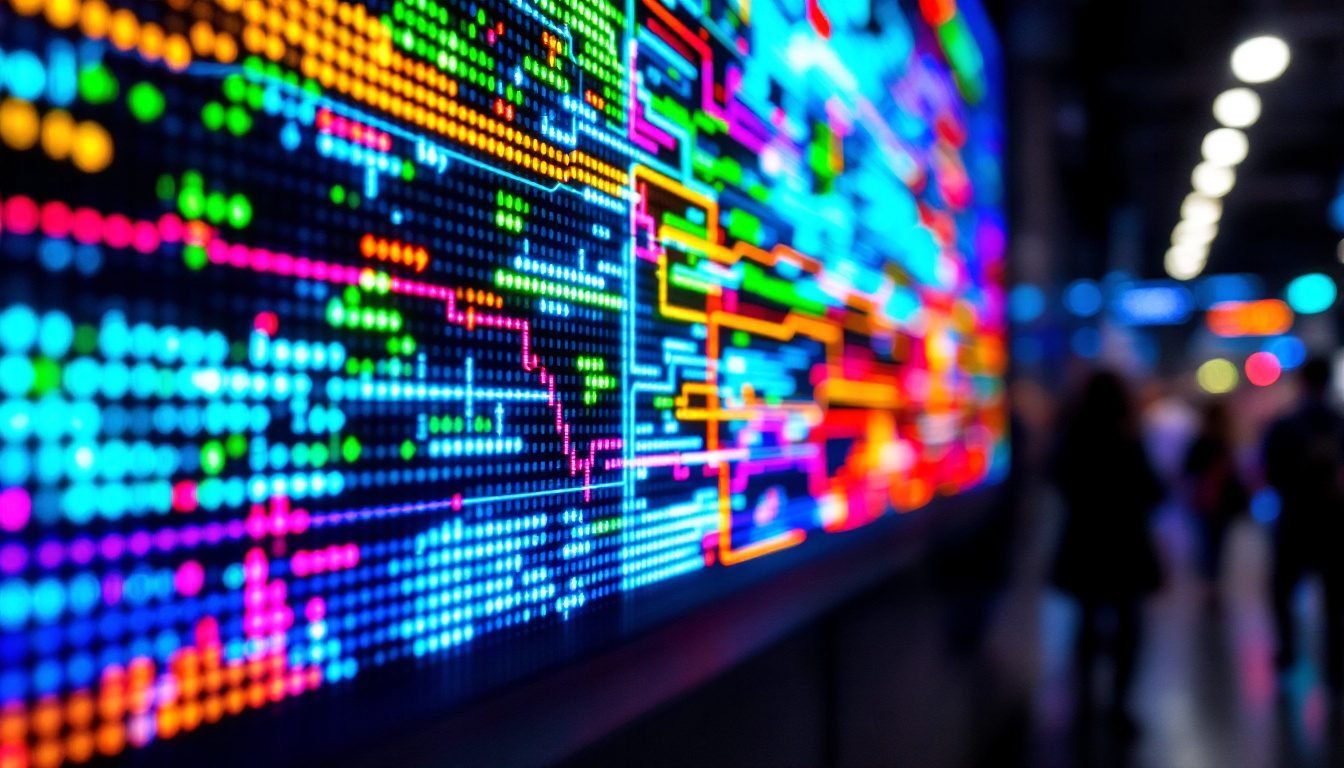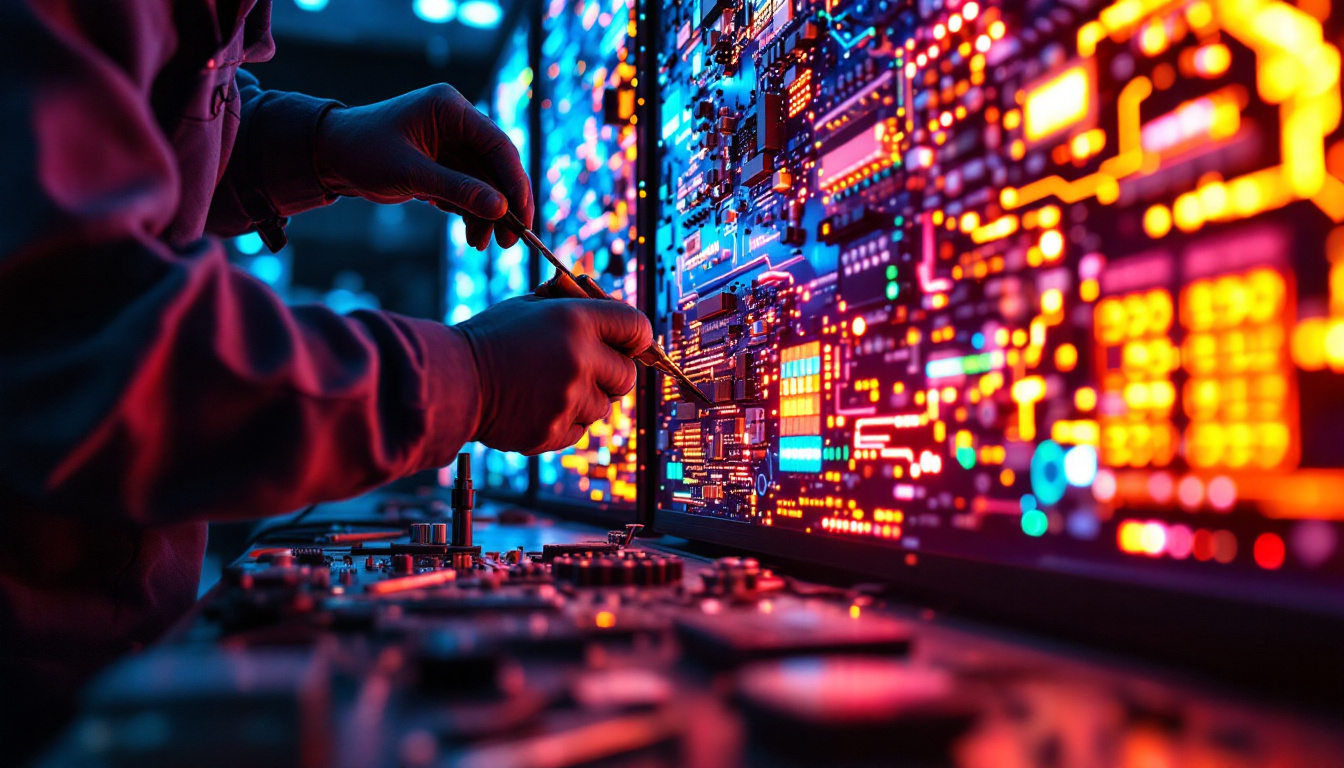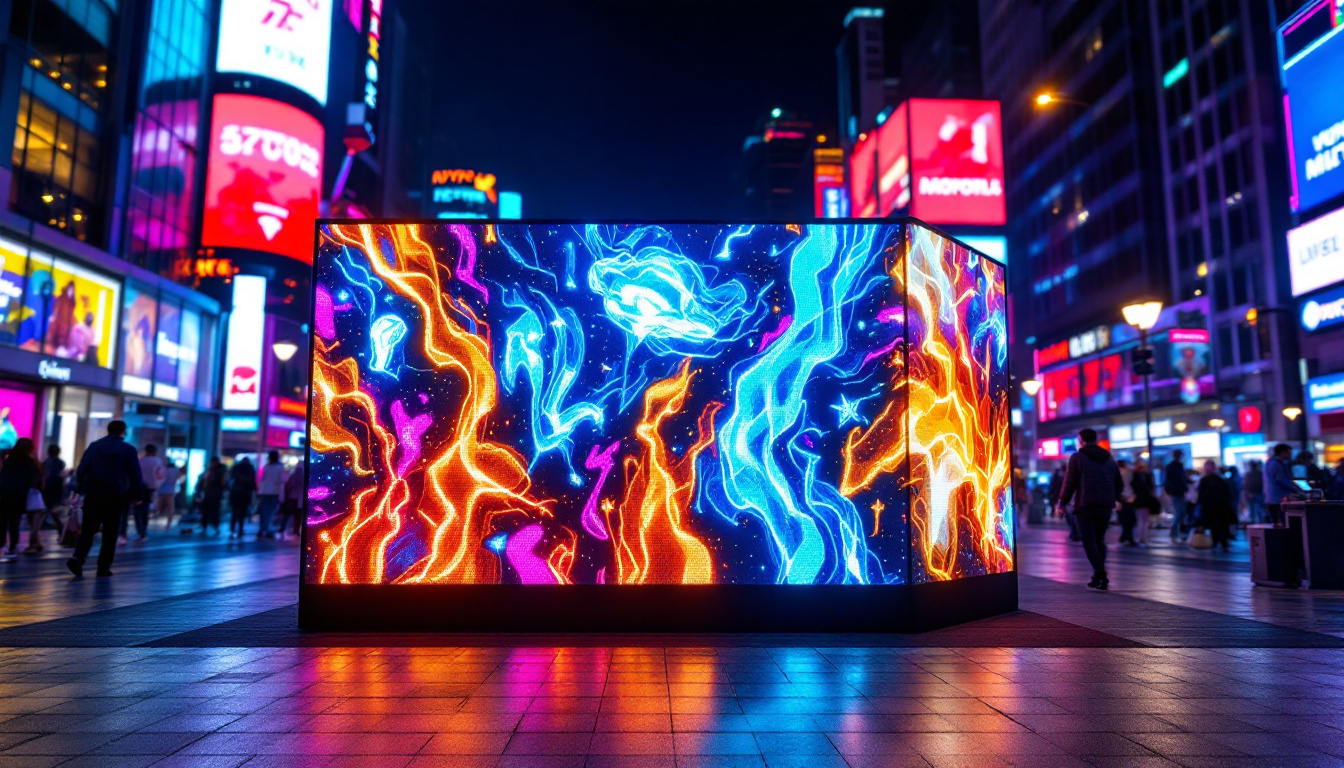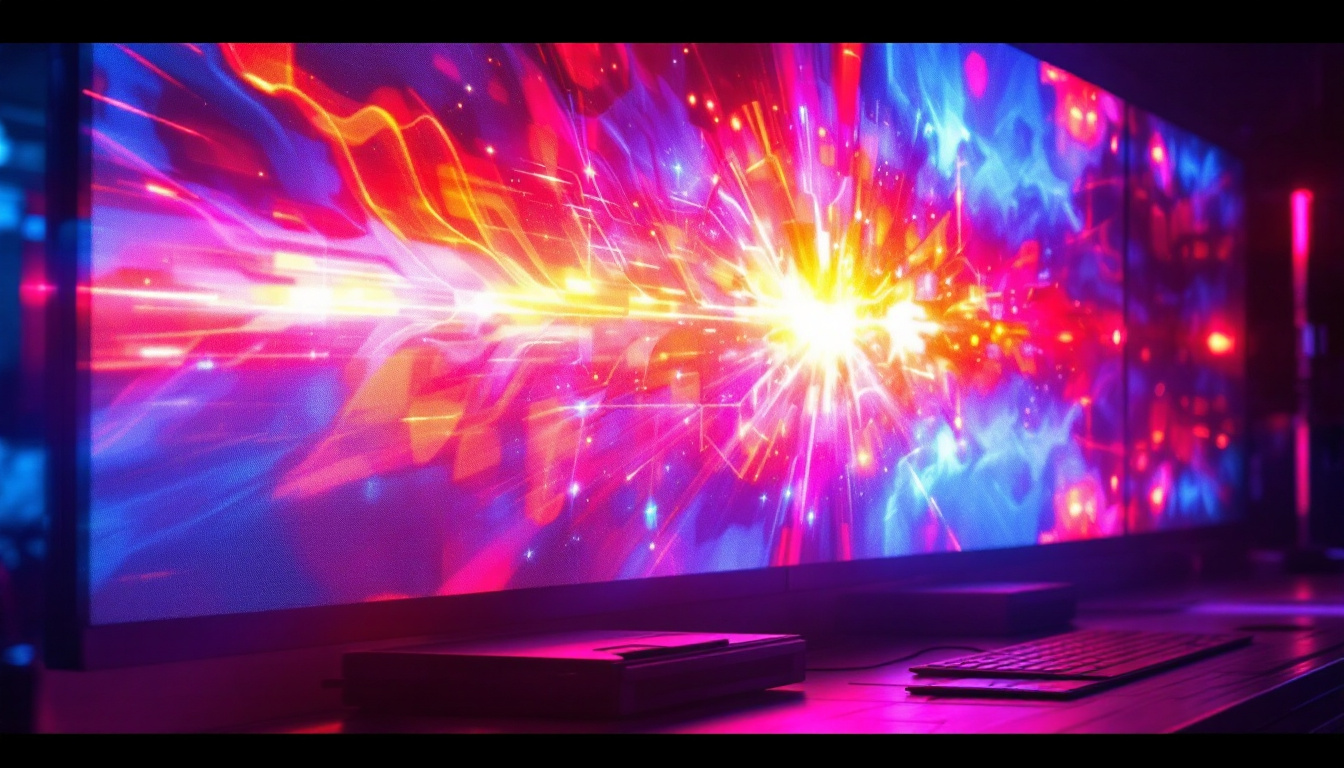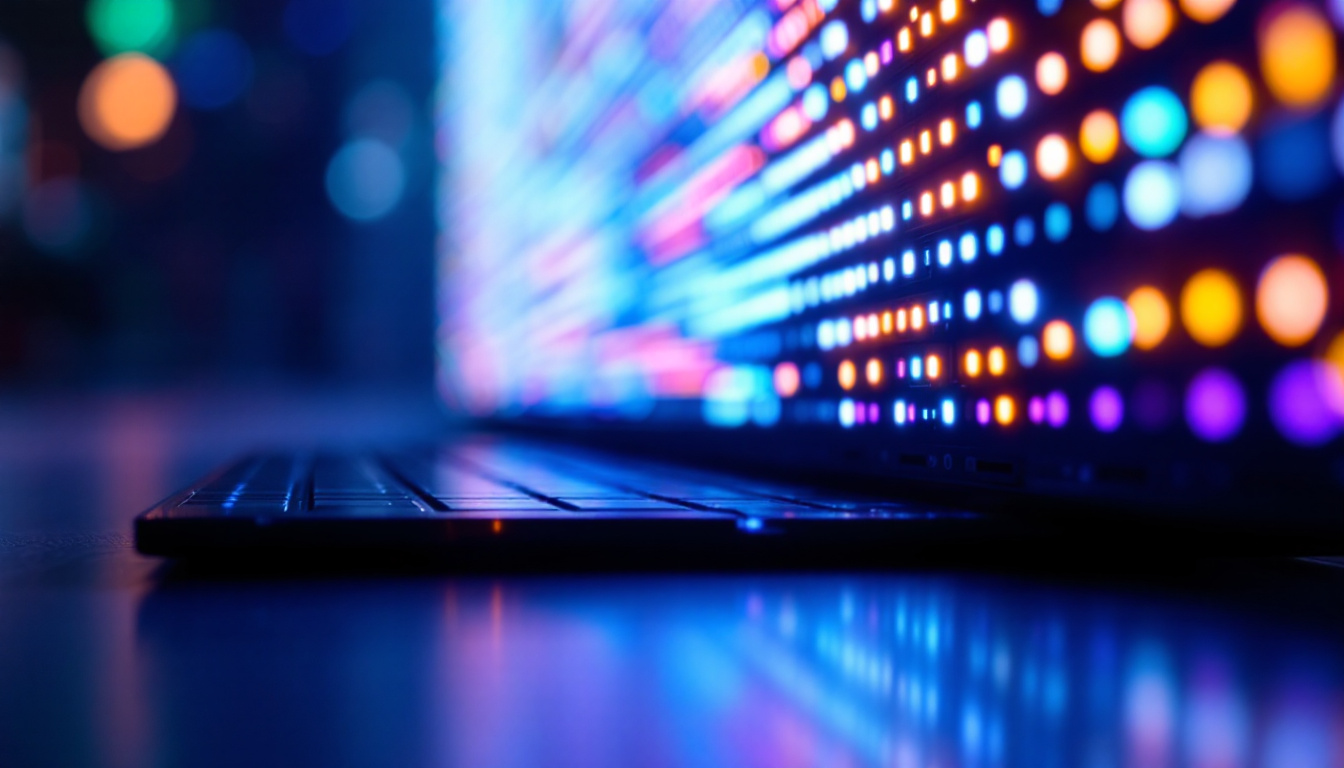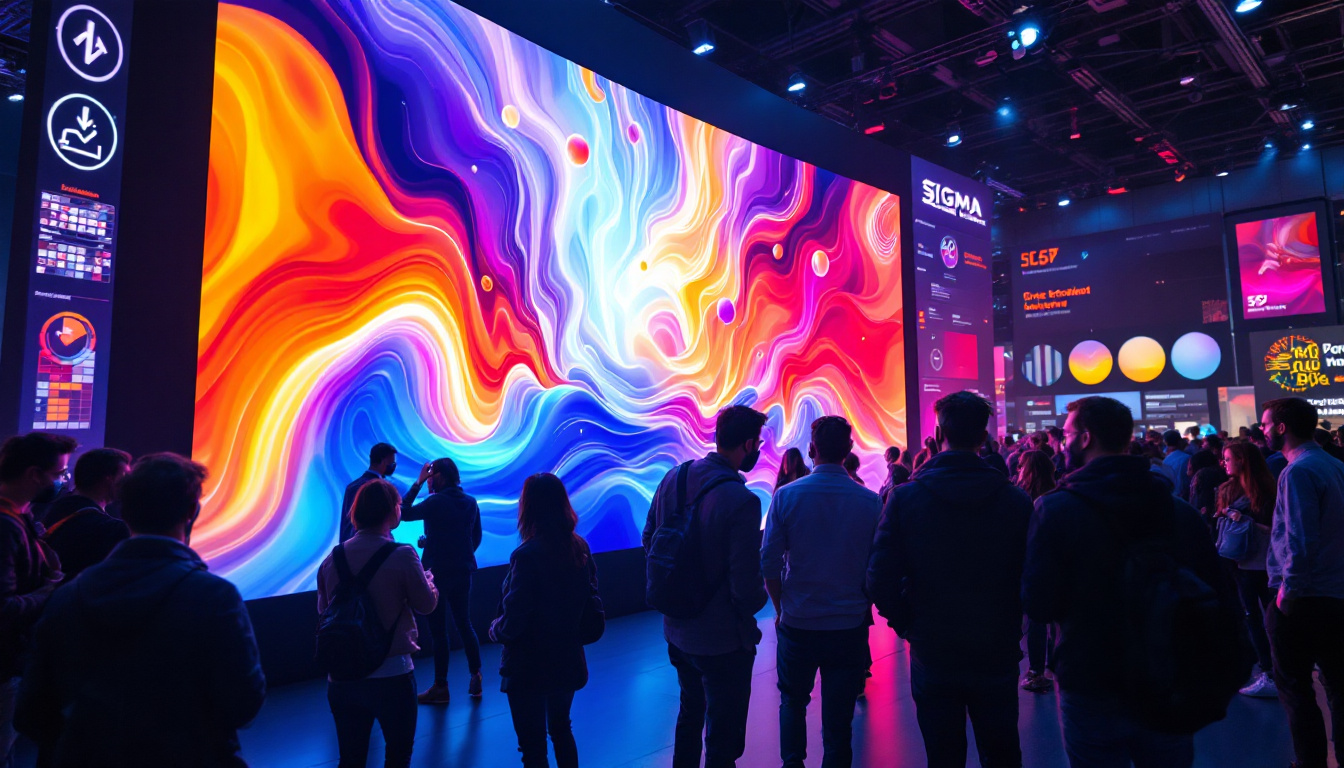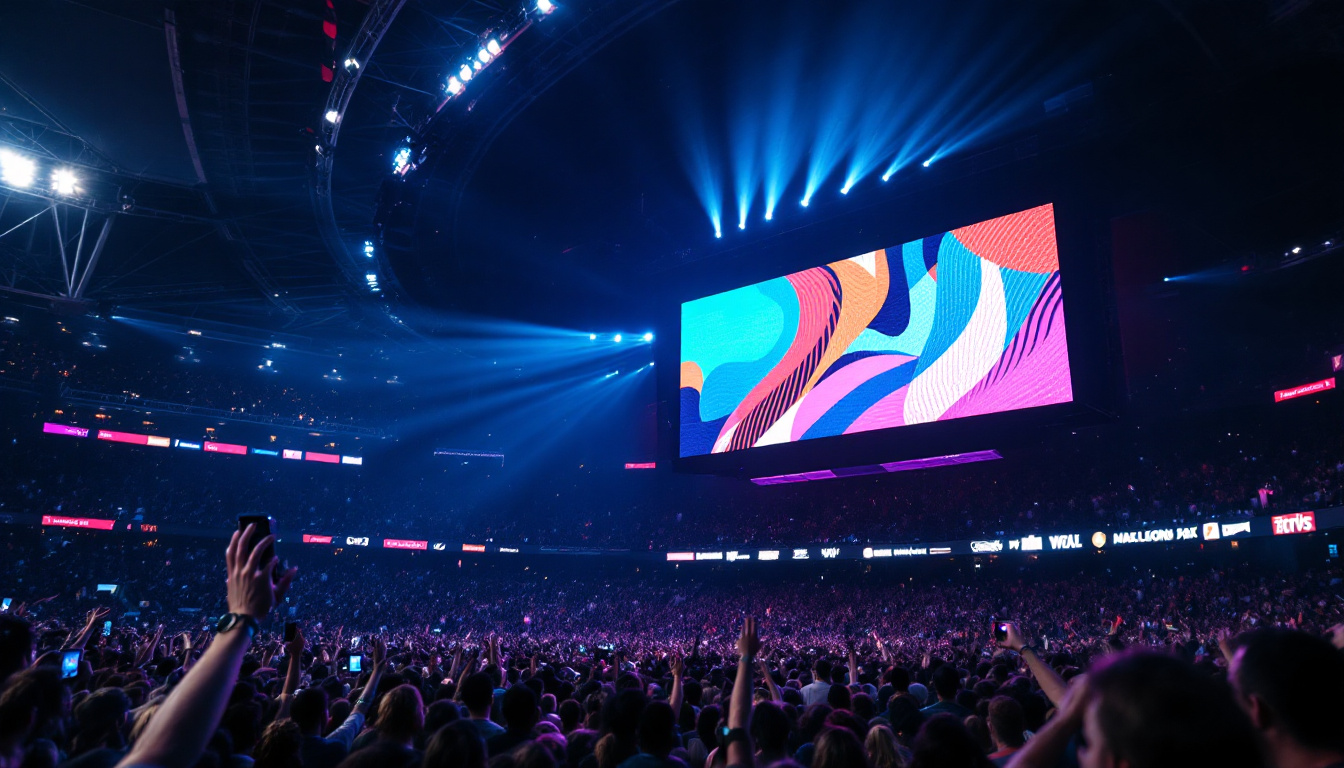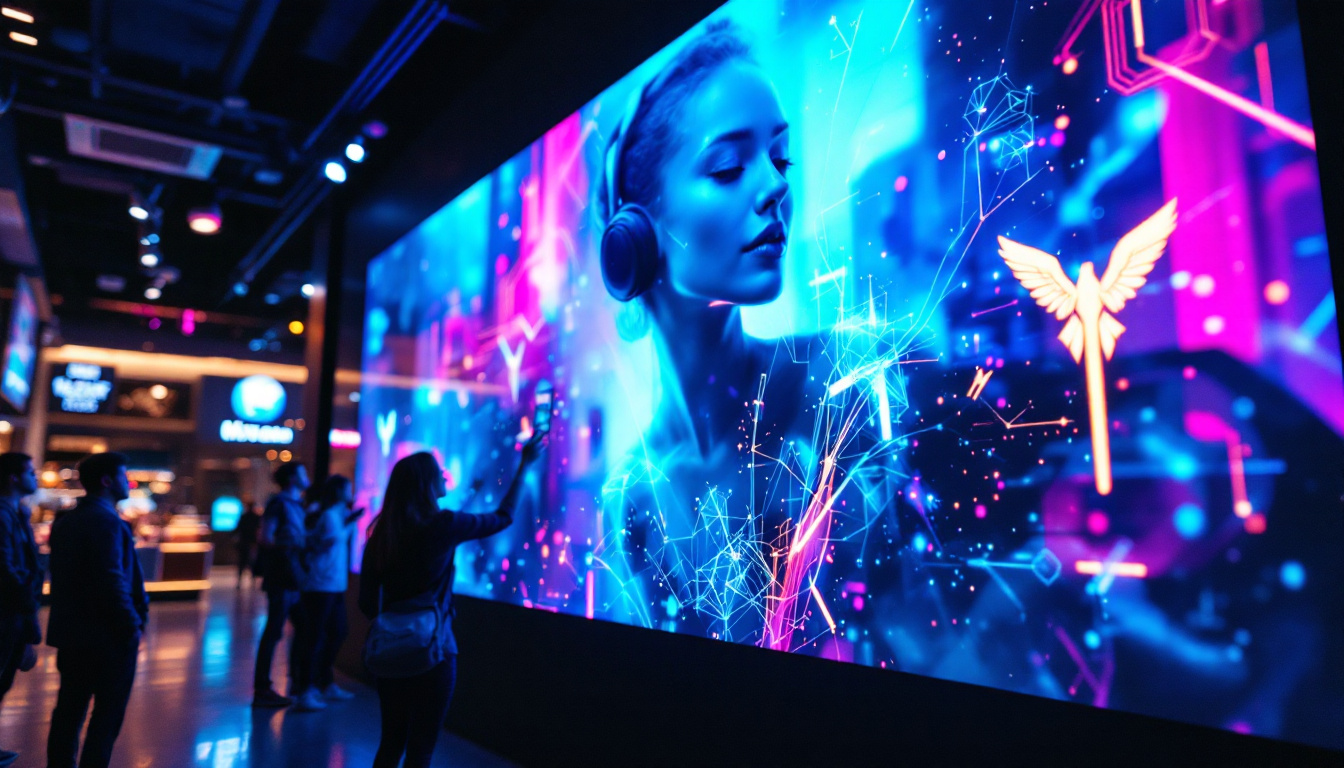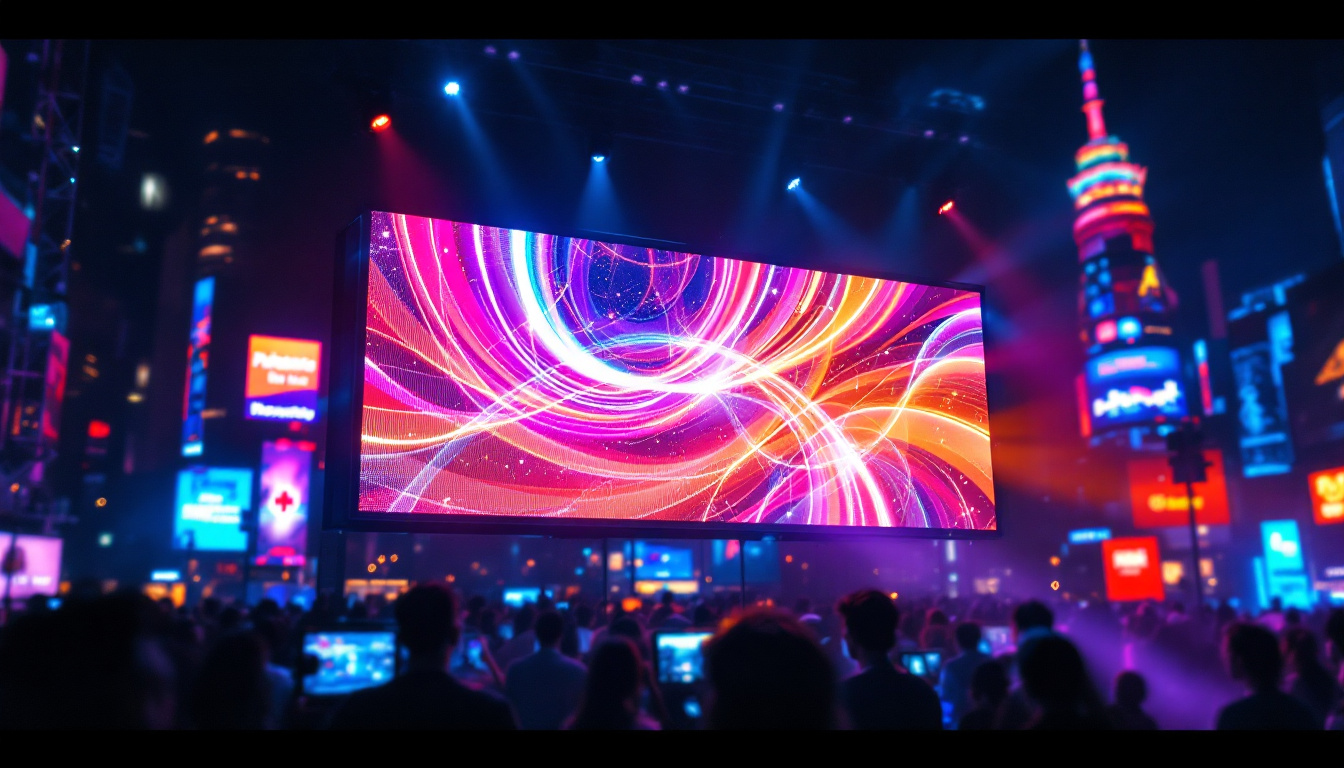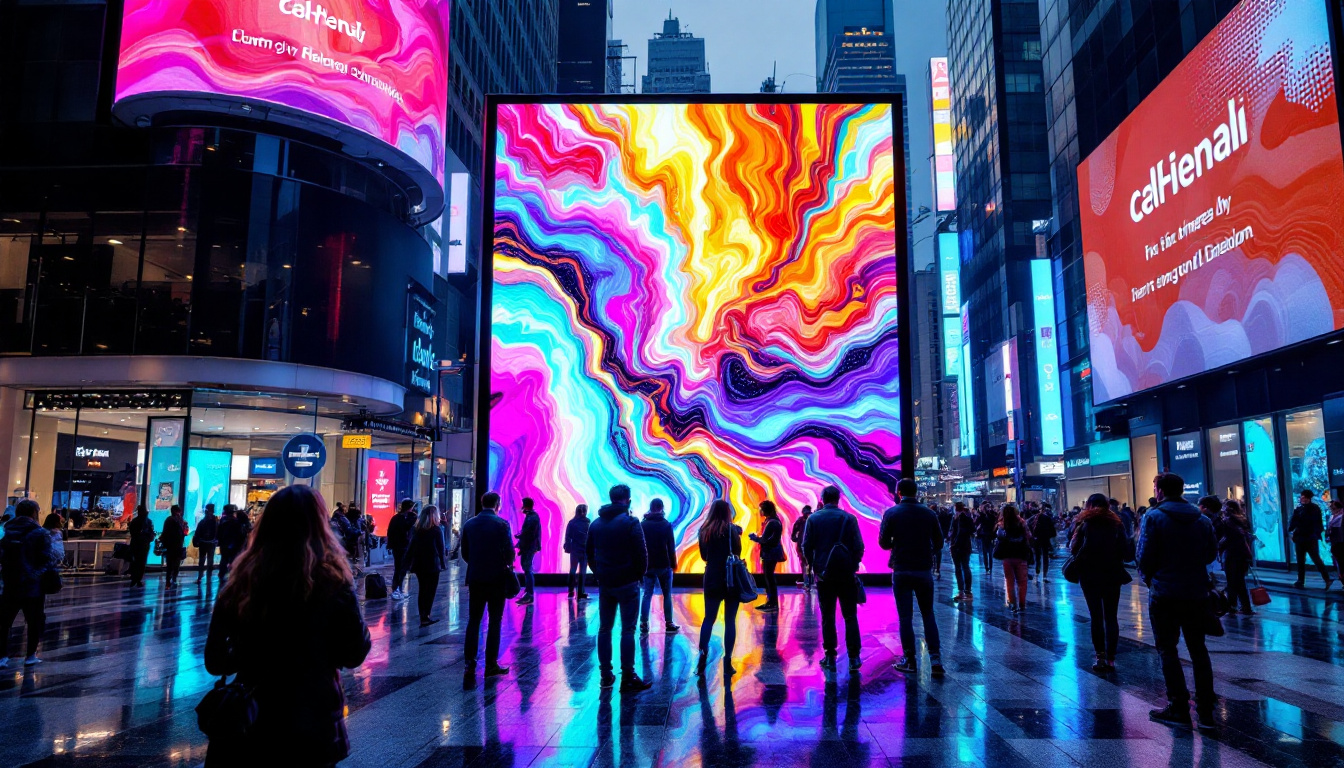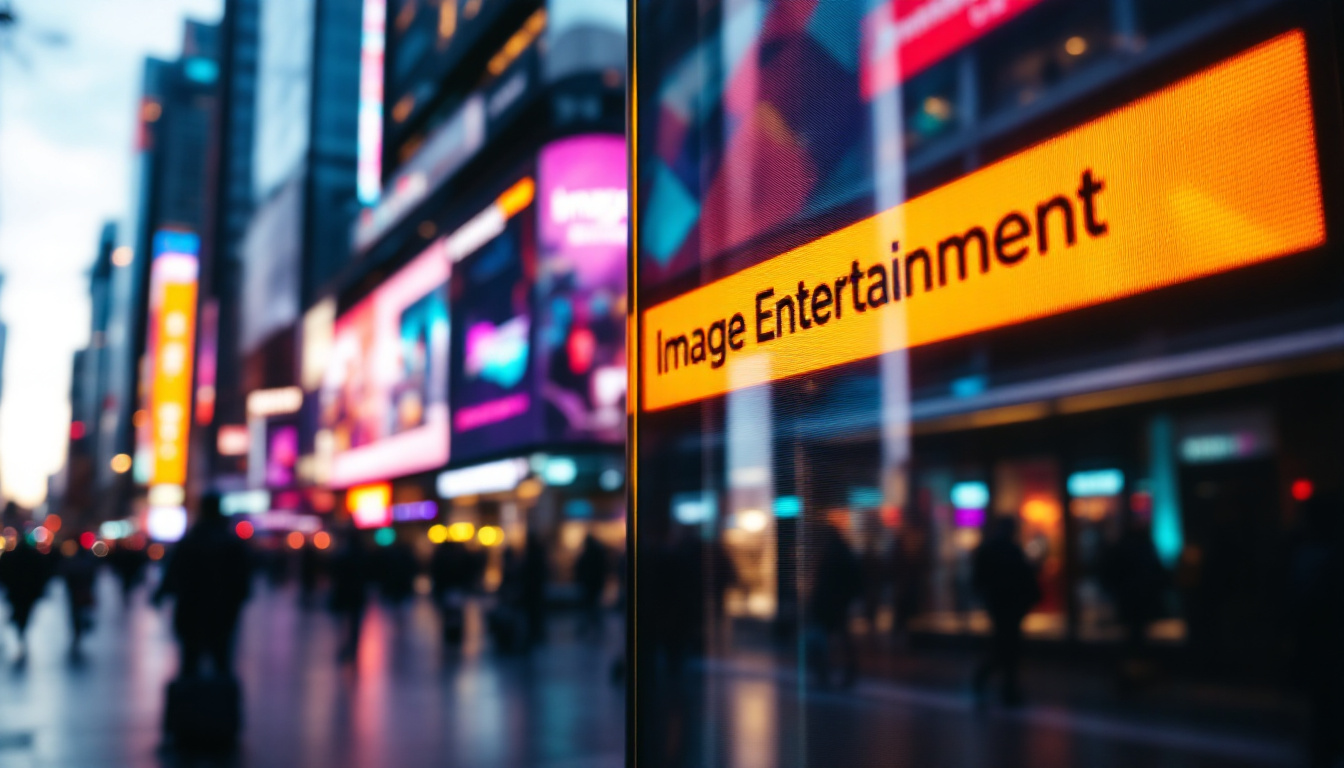The Beaverton Theater has become a focal point for entertainment in the community, not just for its diverse range of films and performances but also for its cutting-edge technology. One of the most striking features of the theater is its LED display, which serves multiple purposes, from advertising upcoming shows to enhancing the overall viewing experience. This article delves into the intricacies of LED displays, their benefits, and their role in modern theaters.
Understanding LED Technology
What is LED?
LED stands for Light Emitting Diode, a semiconductor device that emits light when an electric current passes through it. Unlike traditional incandescent bulbs, LEDs are more energy-efficient and have a longer lifespan. This technology has revolutionized various industries, including entertainment, where vibrant displays can significantly enhance visual experiences. The energy efficiency of LEDs not only reduces electricity consumption but also translates to lower operational costs, making them an attractive option for both consumers and businesses alike.
The basic principle behind LED technology involves the movement of electrons in a semiconductor material. When these electrons recombine with holes, they release energy in the form of light. This process is not only efficient but also allows for a wide range of colors and brightness levels, making LEDs ideal for dynamic displays. Furthermore, the compact size of LEDs enables innovative designs and applications, from small indicator lights to large-scale lighting installations, showcasing their versatility across different settings.
Types of LED Displays
LED displays come in various forms, each suited for different applications. The most common types include:
- Direct View LED: These displays are made up of individual LED modules that can be arranged in various configurations. They are often used for large outdoor screens and billboards.
- LED Video Walls: Composed of multiple LED panels, these walls can create a seamless image over a large area, perfect for theaters and concerts.
- OLED Displays: While technically a different technology, OLED (Organic Light Emitting Diode) displays are also gaining popularity. They offer deeper blacks and better contrast ratios, making them ideal for indoor environments.
In addition to these common types, there are also specialized LED displays designed for specific uses. For example, transparent LED displays are becoming increasingly popular in retail environments, allowing products to be showcased behind the screen while still delivering vibrant digital content. Similarly, flexible LED displays are gaining traction in creative applications, enabling designers to create curved or uniquely shaped screens that fit unconventional spaces.
How LED Displays Work
LED displays operate by controlling the intensity of light emitted from each diode. Each pixel on an LED screen is made up of three smaller diodes—red, green, and blue (RGB)—that combine to create the full spectrum of colors. By adjusting the brightness of each diode, the display can produce an array of colors and images. This RGB model is fundamental to achieving the rich and varied color palettes that modern displays offer, allowing for lifelike representations of images and videos.
The technology behind LED displays has advanced significantly, allowing for higher resolutions and better color accuracy. This is essential in a theater setting, where the visual experience is paramount. The ability to display high-definition content enhances the audience’s immersion in the film or performance. Moreover, advancements in LED technology have led to the development of HDR (High Dynamic Range) displays, which provide a greater contrast between the darkest and lightest parts of an image, further enriching the viewing experience. As a result, audiences can enjoy a more captivating and realistic portrayal of scenes, making LED displays a preferred choice for both filmmakers and viewers alike.
The Benefits of LED Displays in Theaters
Energy Efficiency
One of the most significant advantages of LED displays is their energy efficiency. Compared to traditional lighting systems, LEDs consume significantly less power, which can lead to substantial savings on energy bills. This is especially important for theaters that operate for extended hours and require consistent lighting for performances and screenings.
Moreover, the reduced energy consumption contributes to a smaller carbon footprint, aligning with the growing trend of sustainability in the entertainment industry. By opting for LED technology, theaters not only save money but also demonstrate their commitment to environmental responsibility. This shift towards greener practices can also attract eco-conscious audiences, who are increasingly looking for entertainment options that reflect their values.
Enhanced Visual Experience
LED displays offer superior brightness and color vibrancy, which can greatly enhance the visual experience for audiences. The ability to produce deep blacks and bright whites allows for a more dynamic range of colors, making films and performances more engaging.
In addition, LED displays can be easily adjusted for different lighting conditions. Whether it’s a bright afternoon matinee or a dimly lit evening show, the display can adapt to ensure optimal visibility and clarity. This flexibility is crucial for maintaining the quality of the viewing experience. Furthermore, the high refresh rates of LED technology minimize motion blur, making fast-paced scenes in films and live performances appear smoother and more lifelike, thus immersing the audience in the action.
Versatility and Customization
LED technology is highly versatile, allowing theaters to customize their displays based on specific needs. From dynamic advertisements to interactive content, the applications are virtually limitless. The ability to change content quickly and easily means that theaters can keep their audiences informed about upcoming shows, promotions, and events.
Furthermore, LED displays can be integrated with other technologies, such as sound systems and lighting, to create a cohesive and immersive experience. This integration allows for innovative presentations that can captivate audiences and enhance the overall atmosphere of the theater. The modular nature of LED panels also means that they can be configured in various shapes and sizes, enabling theaters to create unique visual installations that enhance the architectural features of the venue. This adaptability not only serves functional purposes but also adds an artistic flair, transforming the theater into a vibrant space that excites and engages patrons before the show even begins.
Implementing LED Displays in Beaverton Theater
Design and Installation
The implementation of LED displays in the Beaverton Theater involved careful planning and design. The goal was to create an inviting and visually appealing environment that would attract audiences while providing functional benefits. The design process included selecting the right type of LED display, determining optimal placement, and ensuring that the technology integrated seamlessly with the theater’s existing infrastructure.
Installation required collaboration with specialized contractors who understood the intricacies of LED technology. This included considerations for power supply, cooling systems, and structural support to ensure the displays operated efficiently and safely. The result is a stunning visual centerpiece that enhances the theater’s aesthetic appeal.
Content Management
Once the LED displays were installed, the focus shifted to content management. The theater needed a robust system to manage and schedule the content displayed on the screens. This involved selecting software that could handle various media formats and allow for easy updates.
Content management systems (CMS) enable theaters to create dynamic playlists, schedule advertisements, and display real-time information. This flexibility ensures that audiences are always informed and engaged, whether they are waiting for a show to start or browsing upcoming events.
Audience Engagement
Engaging the audience is a critical aspect of any theater’s success. The LED displays at Beaverton Theater play a pivotal role in this regard. By showcasing trailers, behind-the-scenes content, and promotional materials, the displays create excitement and anticipation for upcoming shows.
Additionally, interactive elements can be incorporated into the displays. For instance, audience members can participate in polls or contests displayed on the screens, fostering a sense of community and involvement. This level of engagement not only enhances the theater experience but also encourages repeat visits.
Future Trends in LED Display Technology
Advancements in Resolution and Brightness
The future of LED display technology is promising, with continuous advancements in resolution and brightness. As consumer expectations rise, manufacturers are developing displays with even higher pixel densities, resulting in sharper images and more detailed visuals.
Furthermore, improvements in brightness levels allow LED displays to remain effective in various lighting conditions. This is particularly important for outdoor displays or theaters with large windows. The ability to maintain visibility without compromising image quality will be a game-changer for many venues.
Integration with Augmented Reality (AR)
As technology evolves, the integration of LED displays with augmented reality (AR) is becoming more feasible. This could revolutionize the way audiences experience performances and films. Imagine a theater where the LED display interacts with live performances, creating an immersive environment that blurs the lines between reality and fiction.
Such innovations could attract a new generation of theatergoers, eager for unique and interactive experiences. The potential for storytelling and audience engagement is limitless, making AR a key area of development for theaters looking to stay ahead of the curve.
Sustainability and Eco-Friendly Solutions
As environmental concerns continue to grow, the demand for sustainable solutions in the entertainment industry is increasing. Future LED displays are likely to focus on eco-friendly materials and manufacturing processes, further reducing their carbon footprint.
Additionally, advancements in recycling technologies for LED components can contribute to a more sustainable lifecycle for these displays. Theaters that prioritize sustainability will not only appeal to environmentally conscious audiences but also set a standard for industry practices.
Conclusion
The Beaverton Theater’s LED display is more than just a technological marvel; it represents a shift in how theaters engage with their audiences. By embracing LED technology, the theater enhances the visual experience, promotes sustainability, and fosters community engagement. As advancements in LED technology continue to emerge, the future looks bright for theaters that adapt and innovate.
In an era where entertainment options are abundant, the integration of cutting-edge technology like LED displays can set a theater apart. The Beaverton Theater exemplifies how embracing modern solutions can create a captivating environment for audiences, ensuring that they return time and again for the magic of the big screen.
Discover LumenMatrix LED Display Solutions
Ready to elevate your theater or entertainment space with the latest in LED technology? LumenMatrix is at the forefront of creating immersive environments that captivate and engage. From Indoor and Outdoor LED Wall Displays to innovative solutions like Vehicle LED Displays, LED Posters, and even Custom LED Displays, we have the tools to transform your venue. Experience the future of visual communication with our All-in-One and Transparent LED Displays, designed to make your message resonate with brilliance and clarity. Check out LumenMatrix LED Display Solutions today and see how we can help you share your story with the world.

